In this dedicated guide we want to explore with you what Blockchain is and how this technology can be applied to new fields of IT
Blockchain, or block chain in Italian, represents a revolutionary technology that is changing the way we interact with digital data. It is a distributed and immutable ledger that records transactions securely and transparently. Although blockchain is best known as the basis of cryptocurrencies such as Bitcoin, it has much broader application potential, spanning multiple sectors. Wikipedia technically defines it like this:
A blockchain is an open, distributed digital ledger capable of storing data records (usually referred to as “transactions”) in a secure, verifiable and permanent manner. Once written, the data in a block cannot be retroactively altered without modifying all the blocks following it and this, due to the nature of the protocol and the validation scheme, would require the consensus of the majority of the network.[15] The blockchain can therefore be represented as a continuously growing list of “blocks” connected to each other and made secure through the use of cryptography. One or more transactions can be associated with a block and each block also contains a hash pointer to the previous block and a timestamp.
Many terms, all very technical and perhaps difficult to understand for those who approach this world in small steps. In this guide, we want to explore with you, in the simplest possible words, what is Blockchain technology and what could be the best fields of application at an IT level, the challenges for the future and some concerns. In short: everything you need to know about Blockchain technology is here. Let's begin!
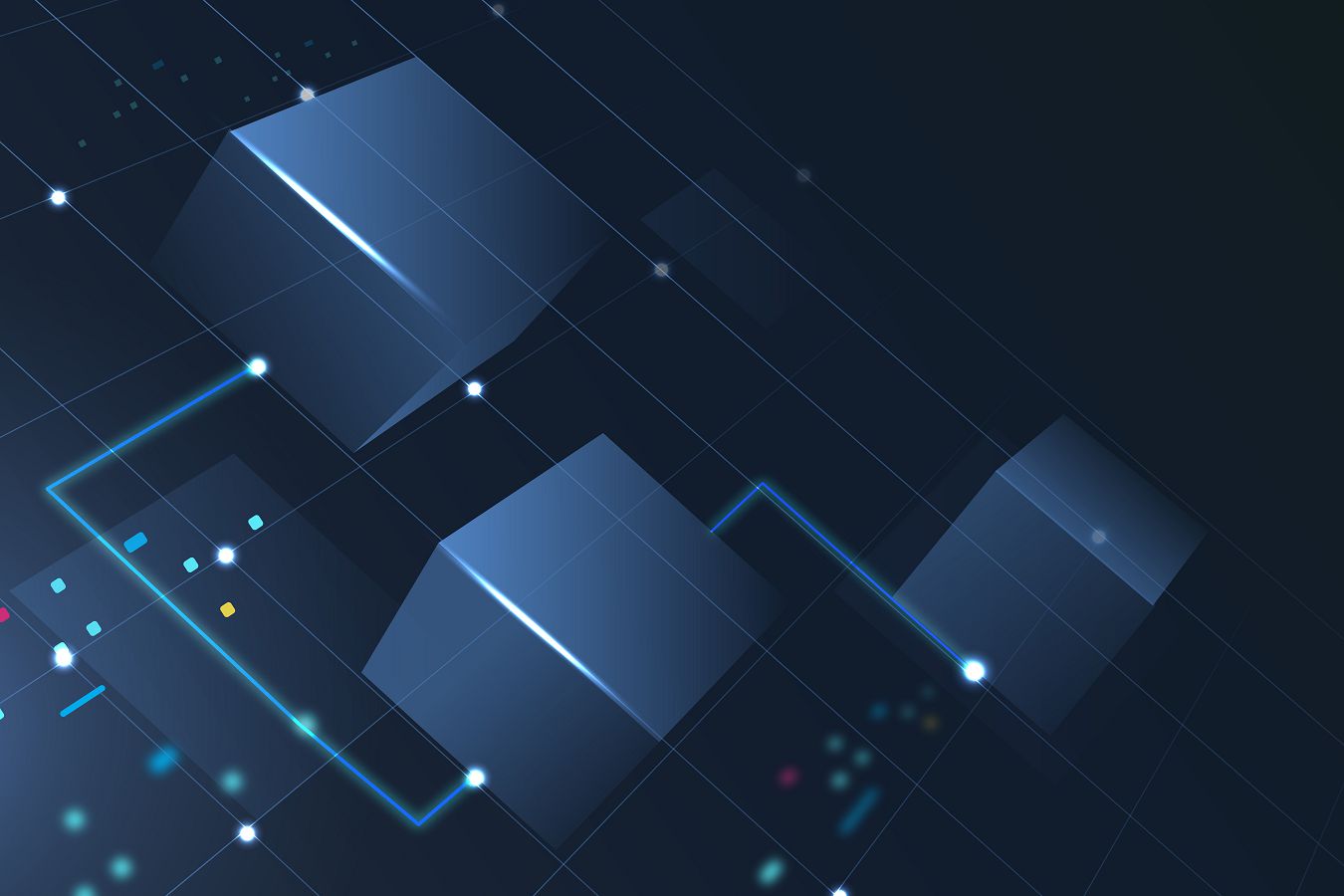

How the blockchain works | Blockchain: what it is, from technology to applications
We imagine the blockchain as a huge public ledger, divided into interconnected blocks, similar to the volumes of an encyclopedia. Each block must contain, specifically:
- Un timestamp: a time stamp that certifies the precise moment in which the transaction took place.
- A link to the previous block: as a cross-reference that guarantees the chronological order of transactions and the immutability of the chain.
- Transaction data: the specific recorded transaction, which can be a money transfer, a legal contract or any other type of digital exchange.
Each block is added to the chain through a complex process called mining. Miners, or powerful dedicated computers, compete to solve complex mathematical problems. The first miner to solve the problem gets the right to add the new block to the chain and receives a cryptocurrency reward. Once a block is added to the blockchain, it becomes immutable. This means it cannot be modified or deleted. The security of the blockchain is guaranteed by two key elements:
- Distribution: the ledger is distributed across a network of computers, each of which has a complete copy of the chain. Any attempted modification on a single computer would be immediately rejected by other nodes on the network.
- Encryption: the data within each block is encrypted with complex algorithms, making it unreadable to anyone without the private key to decrypt it. This obstacle makes it extremely difficult for hackers to steal or alter data on the blockchain.


Benefits of blockchain | Blockchain: what it is, from technology to applications
Blockchain technology offers numerous advantages over traditional data management systems:
- Unsurpassed Security: The distributed and encrypted nature of blockchain makes it extremely resistant to cyberattacks and fraud.
- Total transparency: all transactions recorded on the blockchain are visible to all network participants, ensuring maximum transparency and accountability.
- Optimized efficiency: blockchain can automate and simplify many processes, speeding up transactions and reducing operating costs.
- Intrinsic decentralization: the blockchain is not controlled by any single entity, eliminating the risk of manipulation or censorship.
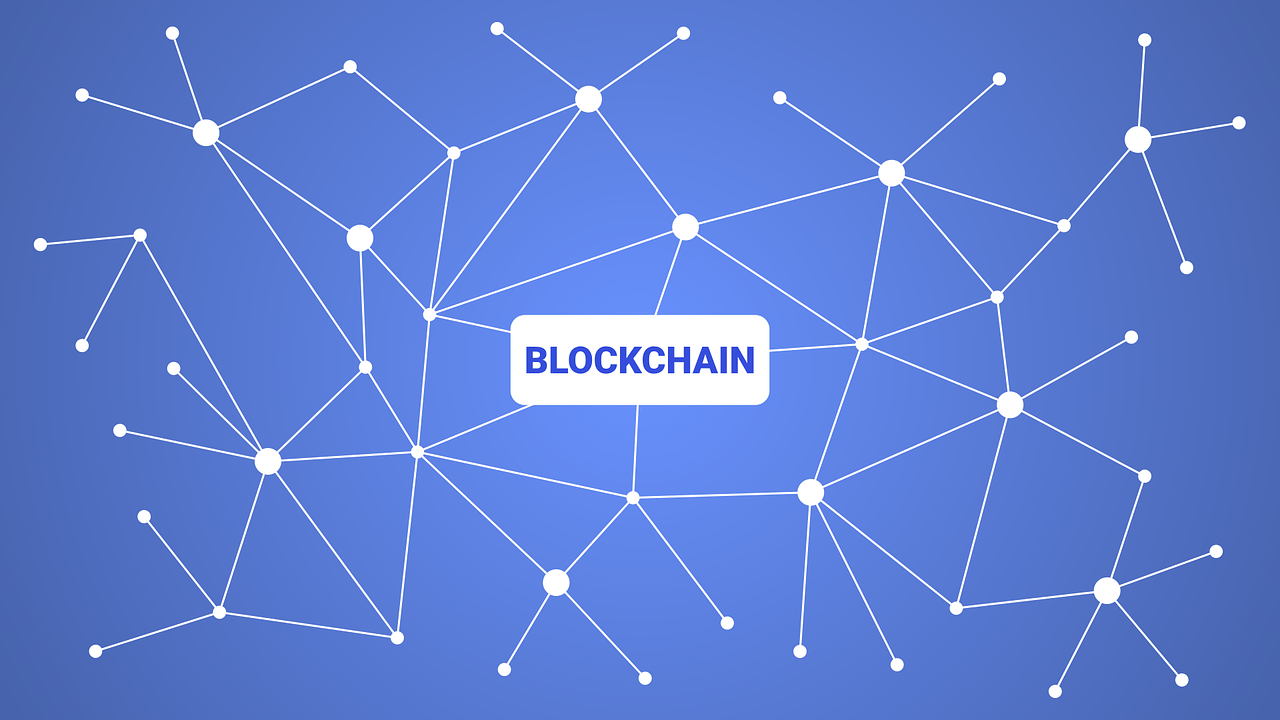

The applications | Blockchain: what it is, from technology to applications
The application potential of blockchain extends far beyond cryptocurrencies, spanning a multitude of sectors:
- Finance: Blockchain can revolutionize the traditional financial system, creating safer, faster and more efficient payment systems, such as cryptocurrencies, and enabling new business models such as decentralized finance (DeFi).
- Supply Chain: The blockchain can transparently and immutably track the movement of goods and products along the production chain, improving traceability, inventory management and the fight against counterfeiting.
- Identity Management: Blockchain can create secure, portable and verifiable digital identities, reducing the risk of identity theft and simplifying access to online services.
- Electronic voting: Blockchain can guarantee secure, transparent and immutable voting, combating the risk of fraud and increasing trust in the democratic process.
- Healthcare: Blockchain can protect sensitive healthcare data, enabling secure and controlled sharing of information between doctors and patients, improving the quality of care and medical research.
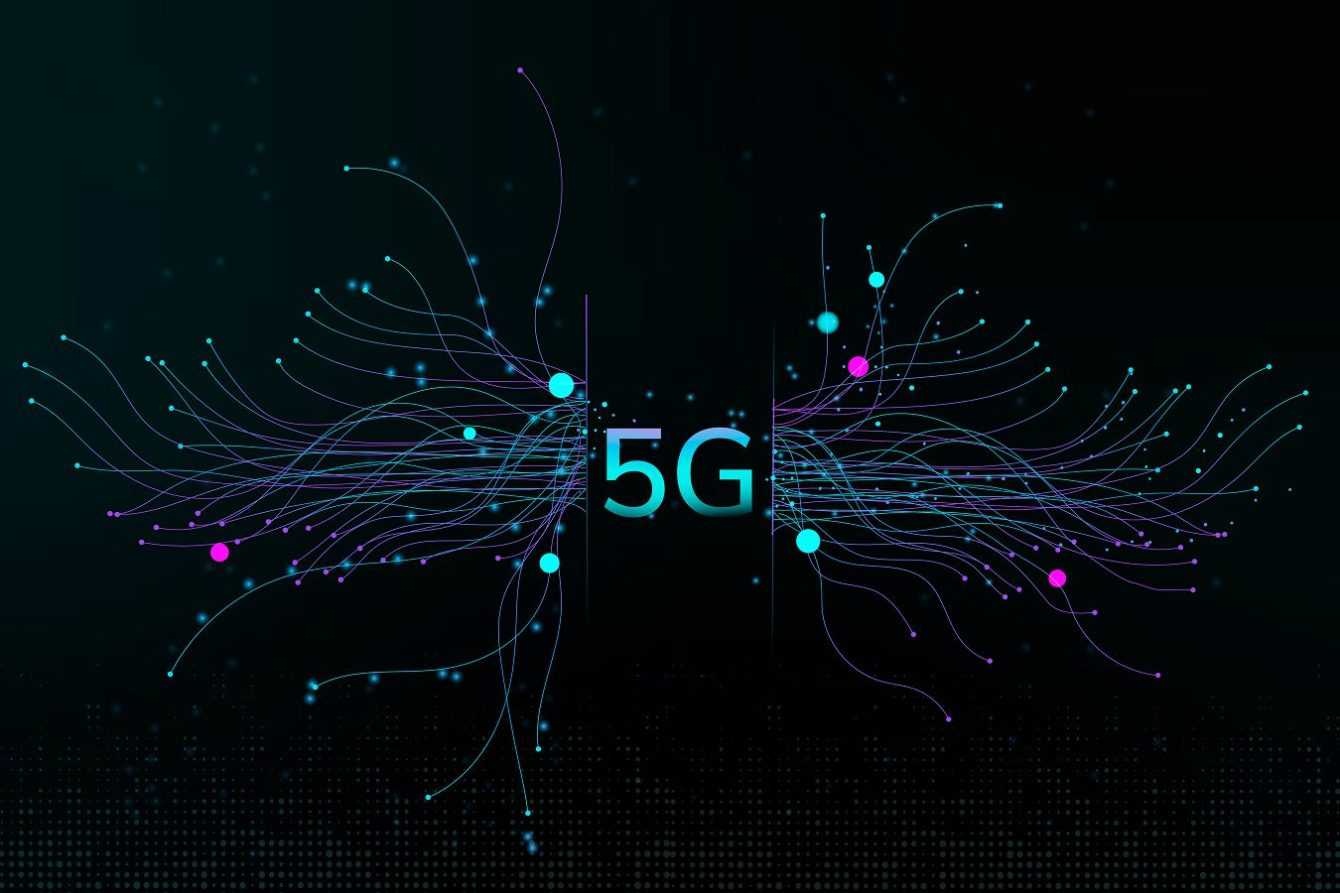

Challenges and obstacles to face | Blockchain: what it is, from technology to applications
Despite the revolutionary potential of blockchain, it is important to also recognize the challenges and obstacles that hinder its widespread diffusion:
- Scalability: the blockchain, with its current structure, can suffer from scalability problems, struggling to manage a high number of transactions in real time. Several solutions are under development, such as the second layer and the shardingto improve scalability without compromising security and decentralization.
- Regulation: the regulatory framework for cryptocurrencies and blockchain is still evolving and not always clear, creating uncertainty for companies and investors. We need clear and thoughtful regulation that encourages innovation while protecting users.
- Energy consensus: the mining process, necessary for transaction validation and network security, can require significant energy consumption, with environmental impacts that should not be underestimated. More energy-efficient consensus algorithms, such as the proof-of-staketo reduce environmental impact.
- User adoption: widespread adoption of blockchain by users and companies is still limited, hampered by a lack of knowledge of the technology and barriers to use, such as the complexity of some systems and the lack of adequate infrastructure. A greater education and awareness effort is needed to drive blockchain adoption.


Conclusion: a future to explore
Blockchain represents a revolutionary technology with the potential to transform numerous aspects of our lives. Despite the challenges faced, its development and application continue to evolve at a rapid pace. It is essential to stay informed about the latest advances and new applications to be ready to seize the opportunities offered by this innovative technology. And above all, it is essential to use these new technologies as best as possible, regulating them and giving them adequate space to grow properly.
Continue to follow us here on techgameworld.com!







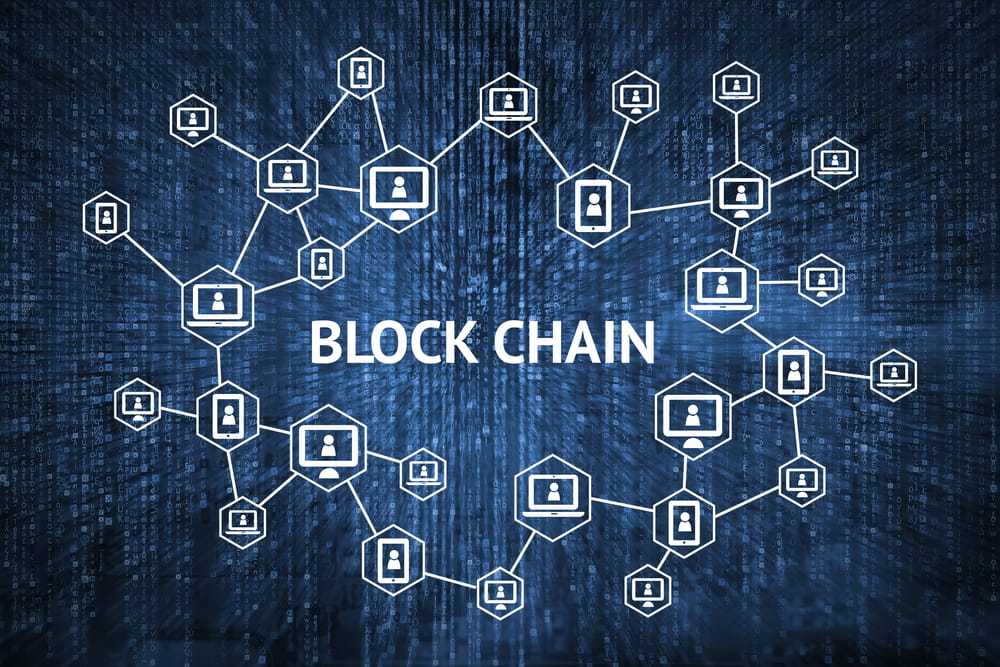




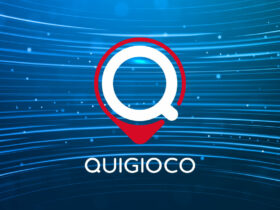



Leave a Reply
View Comments